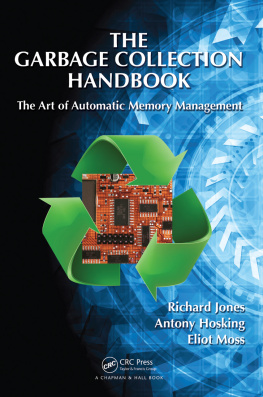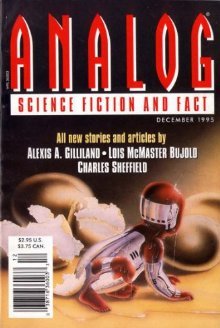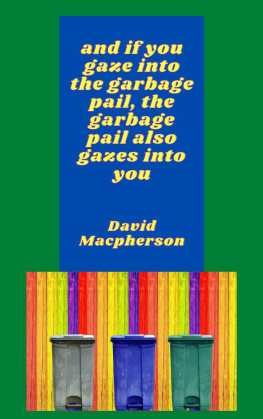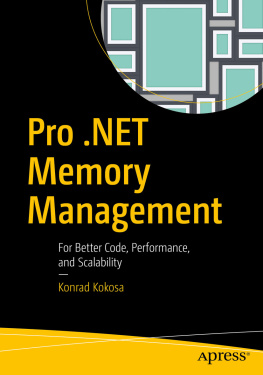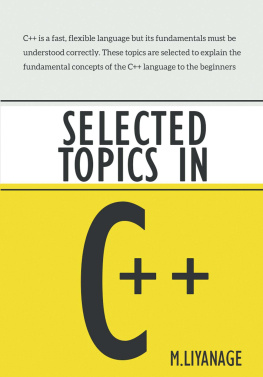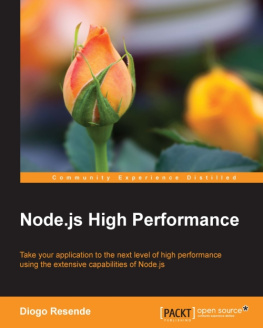Richard Jones - The Garbage Collection Handbook: The Art of Automatic Memory Management
Here you can read online Richard Jones - The Garbage Collection Handbook: The Art of Automatic Memory Management full text of the book (entire story) in english for free. Download pdf and epub, get meaning, cover and reviews about this ebook. year: 2011, publisher: Chapman and Hall/CRC, genre: Computer. Description of the work, (preface) as well as reviews are available. Best literature library LitArk.com created for fans of good reading and offers a wide selection of genres:
Romance novel
Science fiction
Adventure
Detective
Science
History
Home and family
Prose
Art
Politics
Computer
Non-fiction
Religion
Business
Children
Humor
Choose a favorite category and find really read worthwhile books. Enjoy immersion in the world of imagination, feel the emotions of the characters or learn something new for yourself, make an fascinating discovery.
- Book:The Garbage Collection Handbook: The Art of Automatic Memory Management
- Author:
- Publisher:Chapman and Hall/CRC
- Genre:
- Year:2011
- Rating:3 / 5
- Favourites:Add to favourites
- Your mark:
The Garbage Collection Handbook: The Art of Automatic Memory Management: summary, description and annotation
We offer to read an annotation, description, summary or preface (depends on what the author of the book "The Garbage Collection Handbook: The Art of Automatic Memory Management" wrote himself). If you haven't found the necessary information about the book — write in the comments, we will try to find it.
Published in 1996, Richard Joness Garbage Collection was a milestone in the area of automatic memory management. The field has grown considerably since then, sparking a need for an updated look at the latest state-of-the-art developments. The Garbage Collection Handbook: The Art of Automatic Memory Management brings together a wealth of knowledge gathered by automatic memory management researchers and developers over the past fifty years. The authors compare the most important approaches and state-of-the-art techniques in a single, accessible framework.
The book addresses new challenges to garbage collection made by recent advances in hardware and software. It explores the consequences of these changes for designers and implementers of high performance garbage collectors. Along with simple and traditional algorithms, the book covers parallel, incremental, concurrent, and real-time garbage collection. Algorithms and concepts are often described with pseudocode and illustrations.
The nearly universal adoption of garbage collection by modern programming languages makes a thorough understanding of this topic essential for any programmer. This authoritative handbook gives expert insight on how different collectors work as well as the various issues currently facing garbage collectors. Armed with this knowledge, programmers can confidently select and configure the many choices of garbage collectors.
Web Resource
The books online bibliographic database at www.gchandbook.org includes over 2,500 garbage collection-related publications. Continually updated, it contains abstracts for some entries and URLs or DOIs for most of the electronically available ones. The database can be searched online or downloaded as BibTeX, PostScript, or PDF.
E-book
This edition enhances the print version with copious clickable links to algorithms, figures, original papers and definitions of technical terms. In addition, each index entry links back to where it was mentioned in the text, and each entry in the bibliography includes links back to where it was cited.
Richard Jones: author's other books
Who wrote The Garbage Collection Handbook: The Art of Automatic Memory Management? Find out the surname, the name of the author of the book and a list of all author's works by series.

